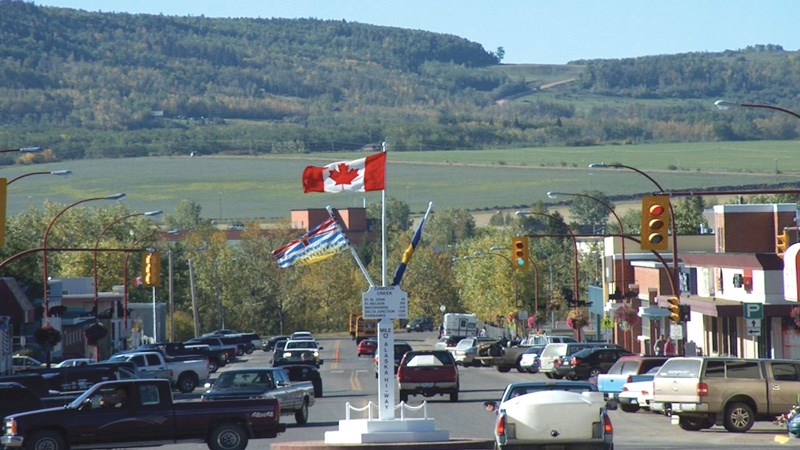Apartment vacancy rates in Dawson Creek and Fort St. John are once again the highest in British Columbia, according to Canada’s housing agency, but local landlords are divided on whether the numbers accurately reflect the market.
Canada Mortgage and Housing Corp. (CMHC) blamed low oil and gas prices and oversupply for climbing vacancy rates in Fort St. John and Dawson Creek in its annual rental market survey.
Dawson Creek recorded an overall rental vacancy rate of 19.1 per cent in October, 4.5 points higher than the same time last year.
Fort St. John, meanwhile, saw its vacancy rates surge from 12.1 per cent to 30.7 per cent, according to CMHC. At 34.8 per cent, the town’s vacancy rate for one-bedroom apartments was the highest in the province.
But Doug Scott, a residential real estate investor in Dawson Creek, is skeptical of CMHC numbers.
“In general with CMHC numbers, they’re so out to lunch,” he said.
Scott said CMHC figures don’t respond quickly to market conditions, which can change depending on gas plant construction, drilling schedules and pipeline approvals.
“By the time they do their survey and gather their report and put it to press, they’re always three months back,” he said. “Three months ago, there was substantial vacancy, but things turned around quickly.”
Scott said market conditions were still soft, but “we’re going the other direction. We’re climbing out of the hole. I’ve never seen the town busier.”
Lita Powell of Fort St. John’s Li-Car Management Group, however, said CMHC might be underestimating the city’s actual vacancy rates.
“The real vacancy in Fort St. John is much closer to 35 per cent,” she said. “The CMHC vacancy rate misses a substantial number of units,” including any buildings smaller than eight units, she noted.•



